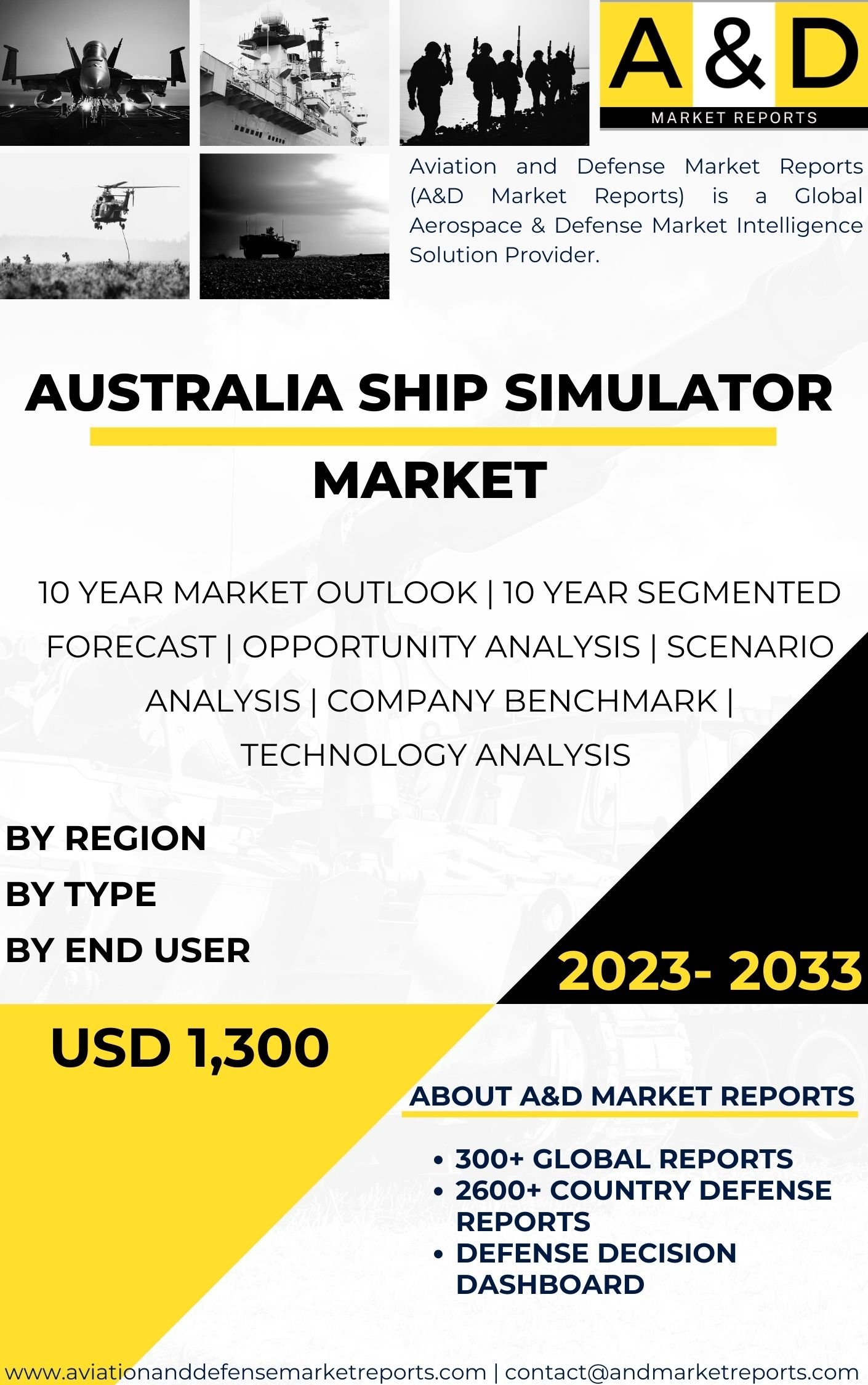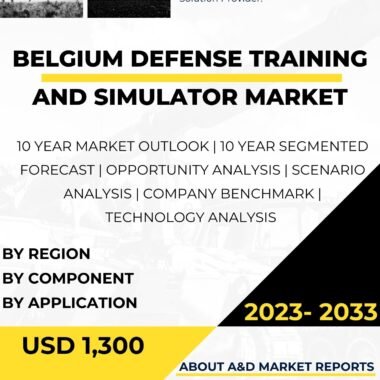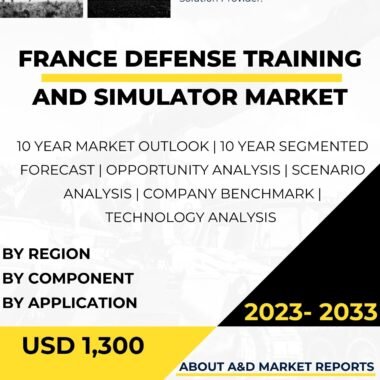Description
The Ship Simulator market in Australia plays a crucial role in the country’s maritime training, education, and safety, providing a simulated environment for training ship crews, maritime students, and port personnel. Ship simulators offer a realistic and immersive platform for practicing various ship handling, navigation, and emergency response scenarios, enhancing the skills and competence of maritime professionals. This article provides a comprehensive overview of the Australia Ship Simulator market, including its significance, current applications, major players, technological advancements, government initiatives, civilian applications, and future prospects.
The significance of the Ship Simulator market in Australia lies in its contribution to enhancing maritime safety and proficiency. Australia is surrounded by vast coastal waters and experiences a significant volume of maritime traffic, including commercial vessels, naval ships, and recreational boats. Ensuring the competence of ship crews and maritime professionals is essential for safe navigation, efficient port operations, and effective emergency response.
Ship simulators provide a controlled and risk-free environment for conducting training and assessment exercises, enabling students and crew members to practice various ship handling maneuvers, navigation techniques, and emergency procedures. This hands-on experience helps build confidence and expertise, preparing individuals for real-life challenges they may encounter at sea or in port operations.
The Australia Ship Simulator market encompasses various types of simulators, including full mission simulators, part-task simulators, and desktop simulators. Full mission simulators replicate the complete ship bridge environment and offer high-fidelity visuals and realistic physical controls, providing a comprehensive training experience for bridge teams.
Part-task simulators focus on specific ship handling tasks or functions, such as engine room operations, cargo handling, and navigation equipment usage. These simulators allow for targeted training on particular aspects of ship operations.
Desktop simulators are more compact and portable, often used for individual training or as a supplement to full mission and part-task simulators. They provide a cost-effective option for maritime schools and training centers to offer basic ship handling and navigation exercises to a larger number of students.
The current applications of ship simulators in Australia include maritime education and training, seafarer competency assessments, port and harbor operations training, and research and development. Maritime education institutions and training centers utilize ship simulators to provide practical training to maritime students, ranging from aspiring deck officers to marine engineers.
Seafarer competency assessments are conducted using ship simulators to evaluate the skills and proficiency of ship crews, ensuring compliance with international training standards and regulations.
Port and harbor operations training use simulators to simulate complex port environments and train port personnel in various operations, such as berthing, tugboat operations, and container handling.
The Australia Ship Simulator market is served by both domestic and international players. Domestic companies, such as Polaris Simulation Australia and Simmonds Simulation, have been instrumental in developing and supplying ship simulator solutions tailored to Australia’s maritime training requirements. These companies collaborate with maritime schools, training institutions, and government agencies to deliver cutting-edge simulator systems and support services.
International ship simulator manufacturers, such as Kongsberg Maritime, Transas (a part of W?rtsil?), and ARI Simulation, also have a presence in the Australian market. These global players offer a wide range of simulator systems and components, supporting various aspects of maritime training and research.
Technological advancements drive innovation in the Australia Ship Simulator market. Research and development efforts focus on improving simulator realism, increasing visual fidelity, enhancing dynamic modeling, and integrating emerging technologies.
High-fidelity visual systems, such as 3D modeling, virtual reality (VR), and augmented reality (AR), provide a more immersive and realistic training environment, replicating various weather conditions, sea states, and maritime scenarios.
Dynamic modeling and physics-based simulations enable ship simulators to accurately represent vessel behavior in different situations, including ship handling in confined waters, adverse weather conditions, and emergency situations.
The integration of emerging technologies, such as artificial intelligence (AI), machine learning, and internet of things (IoT), can enhance simulator performance, adaptability, and personalization in response to individual training needs.
Looking ahead, the Australia Ship Simulator market is expected to witness continued growth and investment. As maritime safety and competency remain key priorities, the demand for ship simulator training will continue to increase, driven by regulatory requirements and the emphasis on reducing maritime accidents and incidents.
The adoption of advanced simulator systems that integrate virtual reality and augmented reality technologies will further enhance the realism and effectiveness of training programs. Real-time data feedback and performance evaluation will allow for personalized and targeted training, enabling students and crew members to address specific areas for improvement.
The Australian government’s initiatives to enhance maritime education and training, including collaborations with industry stakeholders and training providers, will drive investments in ship simulator facilities and technologies.
In addition to the traditional applications of ship simulators, emerging trends, such as autonomous shipping and unmanned vessel operations, present new opportunities for simulator technology. Simulators can play a critical role in training personnel and testing autonomous vessel control systems, contributing to the development and safe implementation of autonomous shipping technologies.
In conclusion, the Australia Ship Simulator market is of significant importance in enhancing maritime safety, education, and training in the country. Ship simulators provide a realistic and immersive platform for maritime students, crew members, and port personnel to practice ship handling, navigation, and emergency response scenarios. Domestic and international players contribute to the diverse offerings in the market, driven by technological advancements in simulator realism, visual fidelity, and dynamic modeling. Continued investments in research, development, and international partnerships will be instrumental in maintaining Australia’s credible and effective Ship Simulator capabilities. As the demand for competent maritime professionals and safe maritime operations continues to grow, the adoption of advanced simulator systems and emerging technologies will shape the future of the Australia Ship Simulator market, positioning the country as a key player in the global maritime training and simulation industry.




